-
 bitcoin
bitcoin $124586.364639 USD
0.62% -
 ethereum
ethereum $4670.671710 USD
3.33% -
 xrp
xrp $2.983701 USD
0.18% -
 tether
tether $1.000175 USD
-0.03% -
 bnb
bnb $1209.430642 USD
2.76% -
 solana
solana $231.365861 USD
0.51% -
 usd-coin
usd-coin $0.999665 USD
-0.02% -
 dogecoin
dogecoin $0.264657 USD
4.46% -
 tron
tron $0.346415 USD
1.60% -
 cardano
cardano $0.871586 USD
3.70% -
 chainlink
chainlink $23.451270 USD
7.56% -
 hyperliquid
hyperliquid $46.860071 USD
-2.96% -
 ethena-usde
ethena-usde $1.000120 USD
0.04% -
 sui
sui $3.611279 USD
1.08% -
 stellar
stellar $0.407149 USD
0.96%
Is the dead cross of the MACD line at a high position more dangerous than at a low position? What is the difference between dead crosses at different positions?
A dead cross at a high position in MACD can signal a dangerous bearish reversal, while at a low position, it may indicate a potential bullish recovery.
May 22, 2025 at 10:21 am
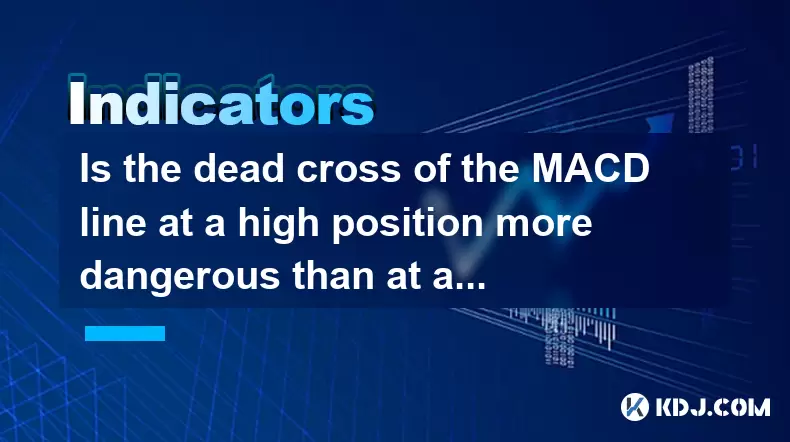
The Moving Average Convergence Divergence (MACD) indicator is a widely used tool among cryptocurrency traders to gauge market momentum and potential trend reversals. One of the key signals traders look for is the dead cross, which occurs when the MACD line crosses below the signal line. The position at which this dead cross happens—whether at a high or low position—can significantly impact its implications for trading decisions. This article will explore the differences between dead crosses at high and low positions and discuss their potential dangers.
Understanding the MACD and Dead Crosses
The MACD consists of two lines: the MACD line and the signal line. The MACD line is calculated by subtracting the 26-day exponential moving average (EMA) from the 12-day EMA. The signal line is a 9-day EMA of the MACD line. A dead cross happens when the MACD line crosses below the signal line, suggesting a potential bearish trend.
Dead Cross at a High Position
A dead cross occurring at a high position, typically near the peak of an upward trend, can be particularly dangerous. This scenario often signals a reversal from a bullish trend to a bearish one. When the MACD line crosses below the signal line at a high, it indicates that the momentum of the upward trend is waning, and sellers are starting to dominate the market.
- Increased Selling Pressure: At a high position, the dead cross can lead to increased selling pressure as traders who were holding for profits begin to sell off their positions.
- Potential for Significant Price Drops: The transition from a high position to a bearish trend can result in more significant price drops, as the market corrects from its overbought state.
- Psychological Impact: Traders and investors may become more cautious or pessimistic, further exacerbating the downward trend.
Dead Cross at a Low Position
In contrast, a dead cross at a low position, often near the bottom of a downward trend, might not be as dangerous. This type of dead cross can signal that the bearish trend is losing steam, and a potential reversal to a bullish trend might be on the horizon.
- Less Immediate Impact: A dead cross at a low position may not lead to immediate significant price movements, as the market is already in a bearish state.
- Potential for Reversal: It can indicate that the downward trend is nearing its end, and a new upward trend could start soon.
- Trader Sentiment: The psychological impact is less severe, as traders might be more focused on the possibility of a recovery rather than further declines.
Differences in Trading Strategies
The position of the dead cross can significantly influence trading strategies. Understanding these differences is crucial for making informed decisions.
- High Position Dead Cross: Traders might use this signal to exit long positions or initiate short positions, anticipating a bearish trend. They may also set stop-loss orders to protect against potential significant price drops.
- Low Position Dead Cross: Traders might see this as an opportunity to buy into the market at a lower price, anticipating a potential upward trend. They could also use this signal to close out short positions and prepare for a possible bullish reversal.
Analyzing Historical Data
To better understand the implications of dead crosses at different positions, it's helpful to analyze historical data. By looking at past instances of dead crosses at high and low positions, traders can gain insights into how these signals have played out in specific cryptocurrencies.
- High Position Examples: Reviewing past charts where a dead cross at a high position led to significant bearish trends can help traders identify similar patterns in current market conditions.
- Low Position Examples: Examining cases where a dead cross at a low position preceded a bullish reversal can provide confidence in using such signals to enter the market at potentially advantageous points.
Risk Management Considerations
Regardless of the position of the dead cross, effective risk management is essential. Traders should consider the following when dealing with dead crosses:
- Position Sizing: Adjusting the size of positions based on the perceived risk associated with the dead cross position can help manage potential losses.
- Stop-Loss Orders: Setting stop-loss orders can protect against unexpected market movements, especially in the case of a high position dead cross.
- Diversification: Spreading investments across different cryptocurrencies can mitigate the impact of a single dead cross signal.
Technical Analysis Tools
In addition to the MACD, traders often use other technical analysis tools to confirm the signals provided by dead crosses. These tools can help validate the potential dangers and differences associated with dead crosses at different positions.
- Relative Strength Index (RSI): The RSI can indicate whether a cryptocurrency is overbought or oversold, providing additional context to the dead cross signal.
- Bollinger Bands: These can help identify volatility and potential price breakouts, which can be particularly useful when assessing the impact of a dead cross.
- Volume Indicators: Analyzing trading volume alongside the MACD can provide insights into the strength of the trend reversal suggested by the dead cross.
Frequently Asked Questions
Q: Can a dead cross be a false signal, and how can traders identify such instances?A: Yes, dead crosses can sometimes be false signals. Traders can identify false signals by using additional technical indicators, such as the RSI or volume indicators, to confirm the trend reversal. If other indicators do not support the dead cross, it might be a false signal.
Q: How often should traders check for dead crosses on their charts?A: The frequency of checking for dead crosses depends on the trading strategy and time frame. Day traders might check their charts multiple times a day, while swing traders might check daily or weekly charts. It's important to align the frequency with the trading style and goals.
Q: Are dead crosses more reliable in certain market conditions?A: Dead crosses can be more reliable in trending markets, where clear upward or downward trends are established. In sideways or choppy markets, dead crosses may be less reliable due to frequent false signals.
Q: Can the position of the dead cross influence the duration of the subsequent trend?A: The position of the dead cross can influence the duration of the subsequent trend. A dead cross at a high position might lead to a longer bearish trend due to the significant reversal from an overbought state. Conversely, a dead cross at a low position might precede a shorter bullish trend as the market rebounds from an oversold state.
Disclaimer:info@kdj.com
The information provided is not trading advice. kdj.com does not assume any responsibility for any investments made based on the information provided in this article. Cryptocurrencies are highly volatile and it is highly recommended that you invest with caution after thorough research!
If you believe that the content used on this website infringes your copyright, please contact us immediately (info@kdj.com) and we will delete it promptly.
- BlockDAG, DOGE, HYPE Sponsorship: Crypto Trends Shaping 2025
- 2025-10-01 00:25:13
- Deutsche Börse and Circle: A StableCoin Adoption Powerhouse in Europe
- 2025-10-01 00:25:13
- BlockDAG's Presale Buzz: Is It the Crypto to Watch in October 2025?
- 2025-10-01 00:30:13
- Bitcoin, Crypto, and IQ: When Genius Meets Digital Gold?
- 2025-10-01 00:30:13
- Stablecoins, American Innovation, and Wallet Tokens: The Next Frontier
- 2025-10-01 00:35:12
- NBU, Coins, and Crypto in Ukraine: A New Yorker's Take
- 2025-10-01 00:45:14
Related knowledge
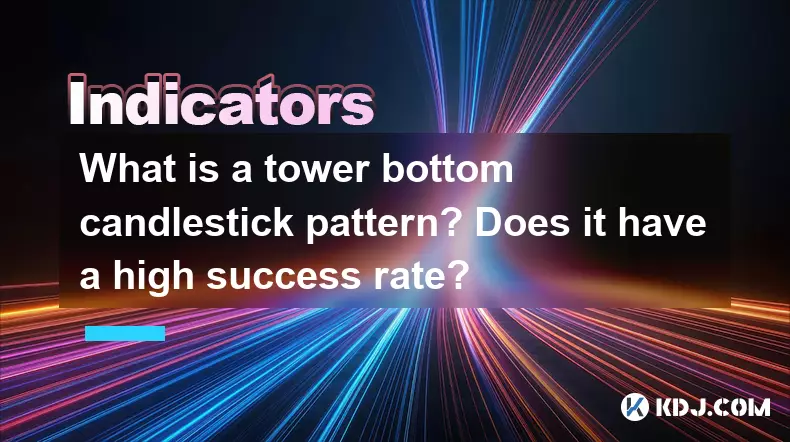
What is a tower bottom candlestick pattern? Does it have a high success rate?
Sep 22,2025 at 07:18am
Tower Bottom Candlestick Pattern Explained1. The tower bottom candlestick pattern is a reversal formation that typically appears at the end of a downt...
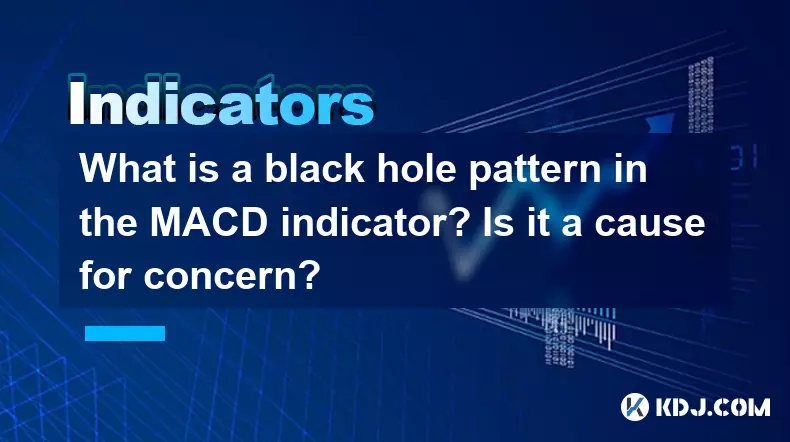
What is a black hole pattern in the MACD indicator? Is it a cause for concern?
Sep 21,2025 at 06:54pm
Bitcoin's Role in Decentralized Finance1. Bitcoin remains the cornerstone of decentralized finance, serving as a benchmark for value and security acro...

How can I use the psychological line (PSY) to determine market sentiment?
Sep 17,2025 at 02:19pm
Understanding the Psychological Line (PSY) in Cryptocurrency TradingThe Psychological Line, commonly referred to as PSY, is a momentum oscillator used...
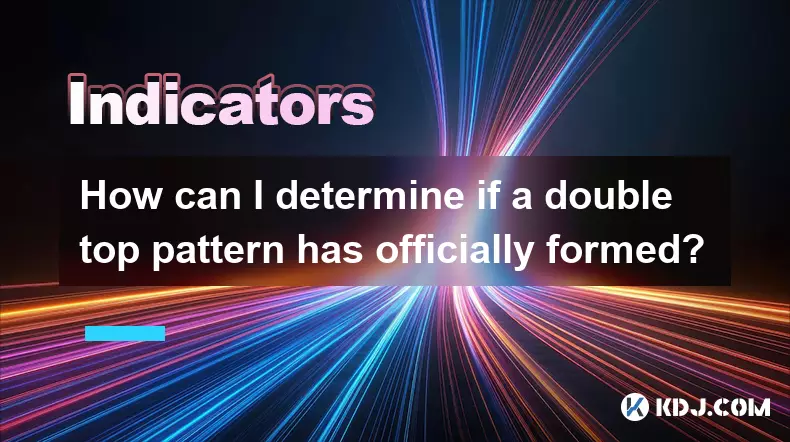
How can I determine if a double top pattern has officially formed?
Sep 21,2025 at 03:18am
Understanding the Structure of a Double Top Pattern1. A double top pattern consists of two distinct peaks that reach approximately the same price leve...
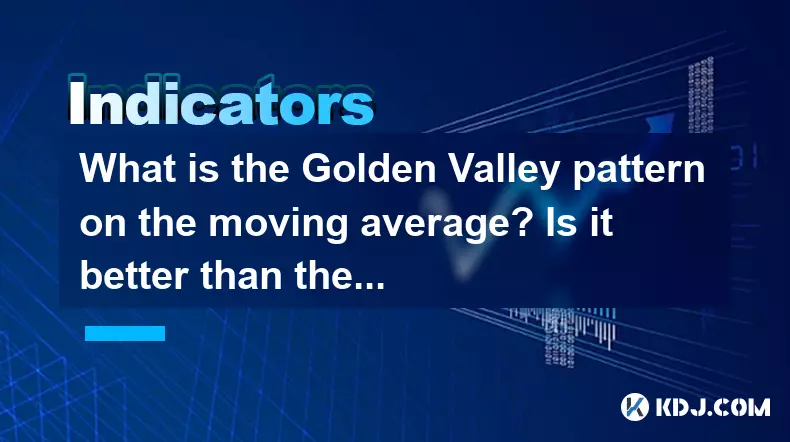
What is the Golden Valley pattern on the moving average? Is it better than the Silver Valley pattern?
Sep 21,2025 at 02:54pm
Understanding the Golden Valley Pattern in Moving Averages1. The Golden Valley pattern is a technical formation observed in cryptocurrency price chart...

What does a death cross of the RSI in the strong zone (above 50) mean?
Sep 17,2025 at 10:54pm
Understanding the Death Cross in RSI Context1. The term 'death cross' is traditionally associated with moving averages, where a short-term average cro...

What is a tower bottom candlestick pattern? Does it have a high success rate?
Sep 22,2025 at 07:18am
Tower Bottom Candlestick Pattern Explained1. The tower bottom candlestick pattern is a reversal formation that typically appears at the end of a downt...

What is a black hole pattern in the MACD indicator? Is it a cause for concern?
Sep 21,2025 at 06:54pm
Bitcoin's Role in Decentralized Finance1. Bitcoin remains the cornerstone of decentralized finance, serving as a benchmark for value and security acro...

How can I use the psychological line (PSY) to determine market sentiment?
Sep 17,2025 at 02:19pm
Understanding the Psychological Line (PSY) in Cryptocurrency TradingThe Psychological Line, commonly referred to as PSY, is a momentum oscillator used...

How can I determine if a double top pattern has officially formed?
Sep 21,2025 at 03:18am
Understanding the Structure of a Double Top Pattern1. A double top pattern consists of two distinct peaks that reach approximately the same price leve...

What is the Golden Valley pattern on the moving average? Is it better than the Silver Valley pattern?
Sep 21,2025 at 02:54pm
Understanding the Golden Valley Pattern in Moving Averages1. The Golden Valley pattern is a technical formation observed in cryptocurrency price chart...

What does a death cross of the RSI in the strong zone (above 50) mean?
Sep 17,2025 at 10:54pm
Understanding the Death Cross in RSI Context1. The term 'death cross' is traditionally associated with moving averages, where a short-term average cro...
See all articles










































































